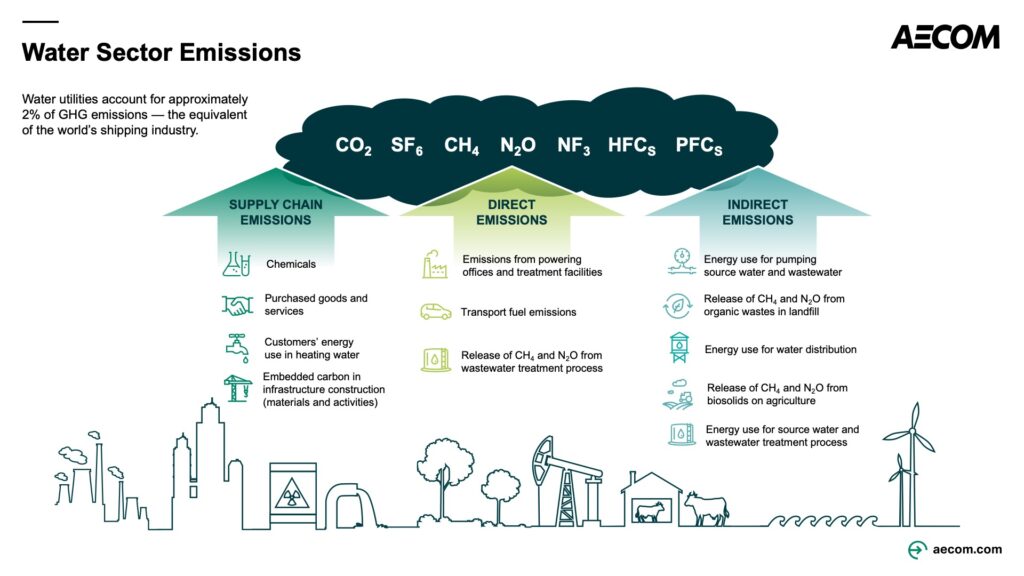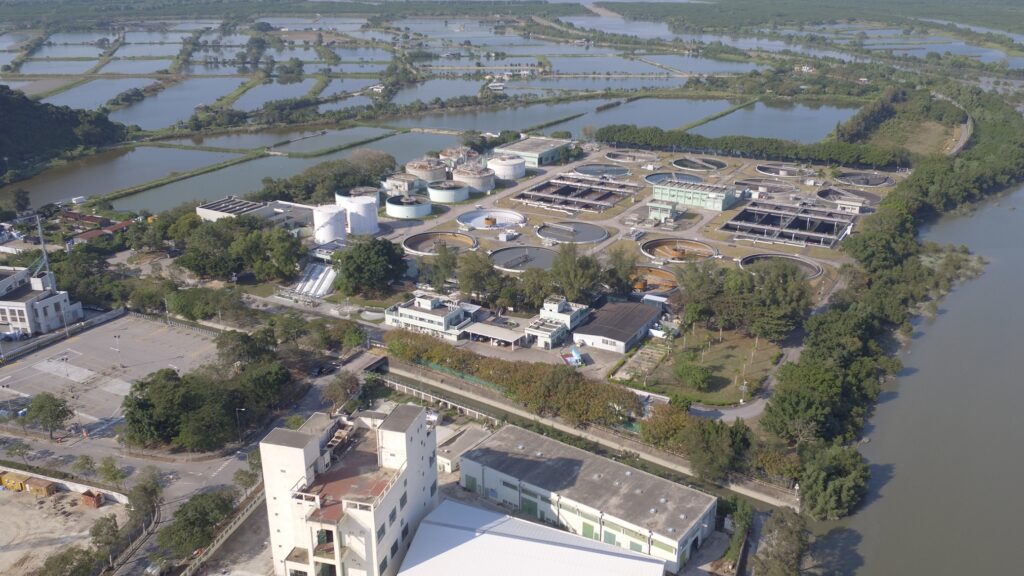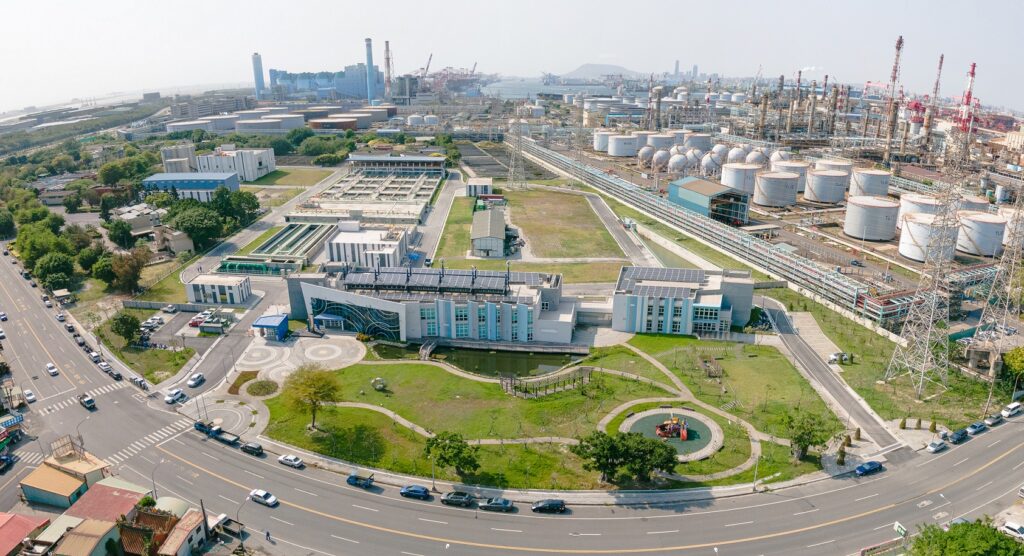Can water utilities make net-zero water possible given rising demands?
To mitigate climate change, water operators are looking for innovative measures to produce more water with less carbon emissions. At the recent Singapore International Water Week, Scott Dunn, Vice President, Strategy & Growth, Asia, led a discussion on the potential of the water industry to contribute in decarbonization efforts. In this article, he shares the need for water utilities, especially those in Asia, to establish their net-zero ambitions and what changes they can make to get them started.
Water utilities account for about two percent of global greenhouse gas (GHG) emissions, equivalent to the world’s shipping industry. While the need to decarbonize has never been more crucial, at the same time the world’s growing population needs more water – and not just for drinking. For sanitation, cleanliness, food production and the removal of waste products, the demands on supply are ever growing.
A small number of leading global water utilities and stakeholders have set net-zero and climate neutrality targets to mitigate their emissions, but many are still in the process of working out how to achieve these. Other operators have yet to commit to formal targets – and many of these are in Asia.
Emissions from water
The increased demand on water supply is being accelerated in Asia as more people move to urban areas, becoming dependent on industrial supplies of food and sanitation. It is estimated that by 2050, the 9.7 billion people on our planet will need 45 percent more food and 55 percent more water.
However, the delivery and treatment of water and wastewater require a great deal of energy, resulting in large amounts of greenhouse gas (GHG) emissions, as well as fugitive and flared emission of CH4 (methane) and N2O (nitrous oxide). The key processes – such as treating water to a potable standard, treating wastewater to a standard appropriate for discharge, pumping water around the supply network and pumping wastewater around the sewer network – contribute direct emissions such as the release of CH4 and N2O from the treatment process, as well as indirect emissions from its grid electricity use.
In order to meet growing water demands, the upgrading of existing water networks and creation of new facilities will be needed.

Taking steps towards net-zero
As one of the world’s most rapidly urbanizing regions, water scarcity is a major issue for Asia. How it responds could have a major impact on the climate crisis. Currently the lack of funding and innovation has hindered many regional water utility operators from making progress on their net-zero journeys, while some have yet to start. This needs to change.
According to a 2022 report by CDP, a non-profit organization that runs the global environmental disclosure system for companies, cities, states and regions, 3,879 companies from 21 markets across the Asia Pacific region disclosed their emissions, targets and climate action through CDP’s Task Force on Climate-Related Financial Disclosures (TCFD)-aligned Climate Change questionnaire, representing 14 percent of global market capitalization and a 29 percent increase from the previous year. However, out of those companies, just 291 companies (8 percent) reported having net-zero targets in place and a majority were set to 2050 or beyond.
In order to be part of the net-zero conversation, water operators and businesses in Asia will need to make transformations to their existing processes if they are to lower their emissions. Whether it’s through reducing the energy intensity of its processes, adding renewable supplies or embracing the circular economy, there are a variety of measures that early stakeholders of the net zero water journey have found some levels of success with, particularly in the following four key areas:
1/ Operational improvements for carbon redirection and the circular economy: During the water treatment process, biproducts, which have previously been regarded as waste, is generated but rather than simply disposing them, they can be treated as secondary raw materials to be recycled and reuse. Recovered products can be used as clean water for irrigation and cleaning, nitrogen and phosphorus fertilizer for farmers, as well as for heat energy and electricity.

2/ Make changes to water processes: Initiate innovative biosolid programs such as thermal hydrolysis, anaerobic digestion and combined heat power process which help to reduce energy consumption. In Hong Kong, YLEPP is the first wastewater treatment plant in the city to adopt the advanced treatment technology of aerobic granular sludge (AGS) for biological treatment. Not only is the AGS technology highly efficient, it also demands less energy than traditional processes due to the reduced use of mechanical equipment, such as mixers and recycle pumps.
3/ Switch to zero carbon energy sources: Build renewable energy sources such as hydropower generators and solar panels into facilities to power processes with less emissions. An alternative would be directly purchasing renewable energy sources from providers. Singapore’s Keppel Marina East Desalination Plant is an innovative large-scale desalination facility capable of treating 137,000 cubic meters of water per day that optimizes energy usage through implementation of techniques including direct coupling, energy recovery devices and permeate split.
4/ Embracing digitalization: Equipped with high quality data collected by sensors, water operators will have a better understanding what’s happening currently in their processes and aid in setting different target benchmarks to begin implementing new decarbonization innovation. The information can also be used to develop new equipment to improve energy consumption and optimization.

When it comes to tackling carbon emissions, there is no one-size-fits-all solution as each operator faces its own particular situations and challenges. They will need to do a thorough assessment of their operations and carbon targets to begin their decarbonization conversation. As the water industry works to meet the ambitious goal of net zero by 2030, it will be aided by an evolving ecosystem of technology and innovation to drive the decarbonization transformation to provide the essential resource to communities while doing less harm to the environment.






